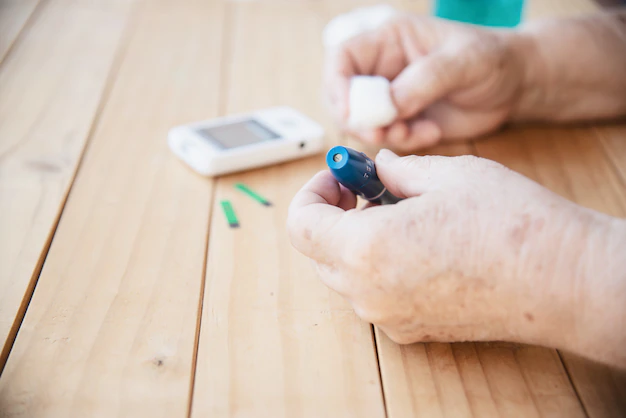Self-Monitoring of Blood Glucose, Urine, and Ketone Levels

Self-monitoring of blood glucose, urine, and ketone levels is an important part of diabetes management. It allows individuals with diabetes to track their blood glucose levels and make informed decisions about medication dosing, dietary choices, and physical activity.
Self-monitoring of blood glucose typically involves using a glucose meter to test blood glucose levels at home. This involves pricking the finger with a small needle to obtain a drop of blood, which is then placed on a test strip and inserted into the meter. The meter then displays the blood glucose level, which can be used to determine whether insulin or other medication doses need to be adjusted, or whether dietary or exercise changes are needed.
Self-monitoring of urine and ketone levels may also be recommended for individuals with diabetes, particularly those with type 1 diabetes or who are at risk of diabetic ketoacidosis (DKA). This involves testing the urine for the presence of ketones, which are produced when the body breaks down fat for energy instead of glucose. High levels of ketones in the urine can indicate that the body is not producing enough insulin, and may require additional treatment.
Self-monitoring of blood glucose, urine, and ketone levels is an important tool for individuals with diabetes to manage their condition and prevent complications. It is important for individuals with diabetes to work closely with their healthcare provider to develop an appropriate self-monitoring plan, and to seek medical attention if blood glucose or ketone levels are consistently outside of the recommended range.
